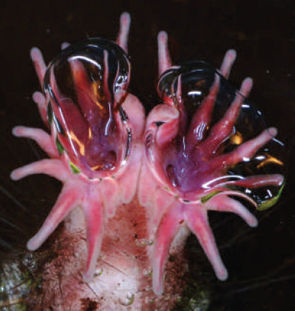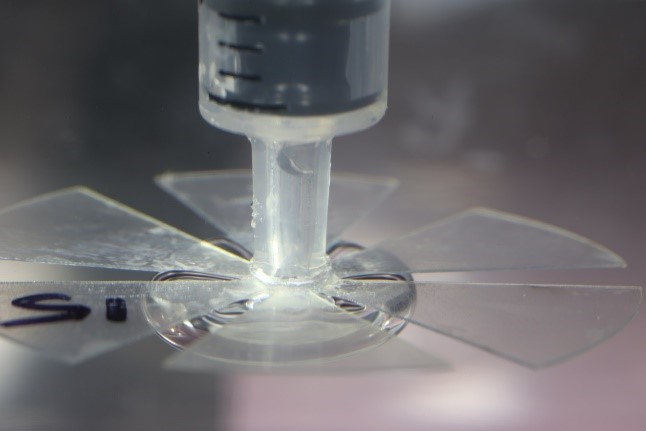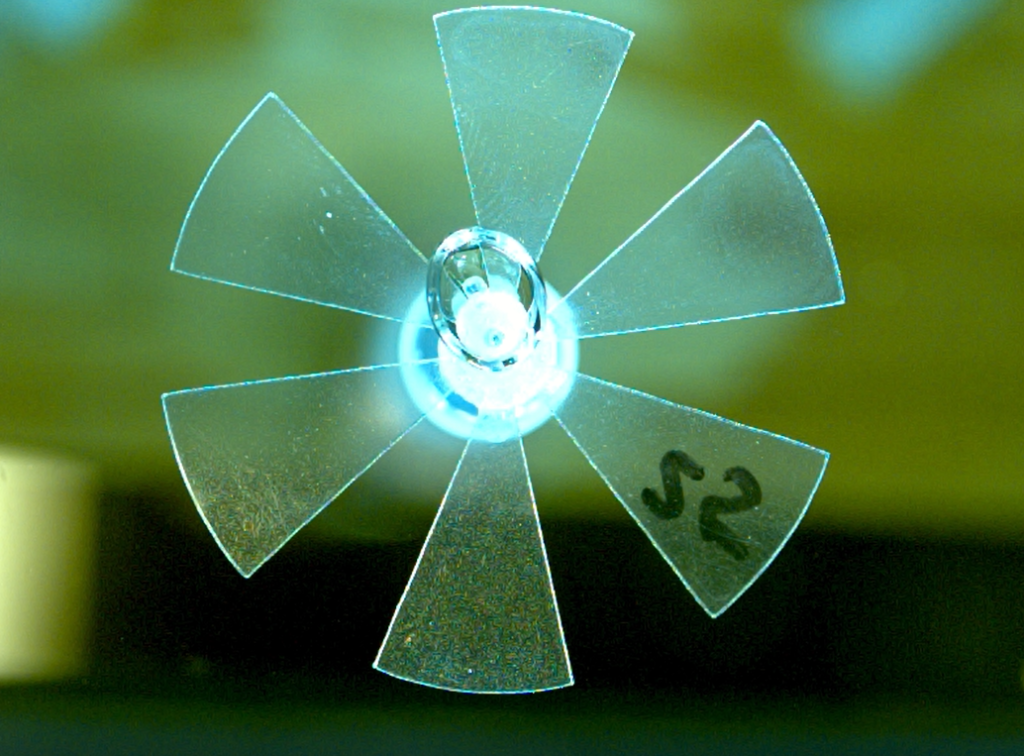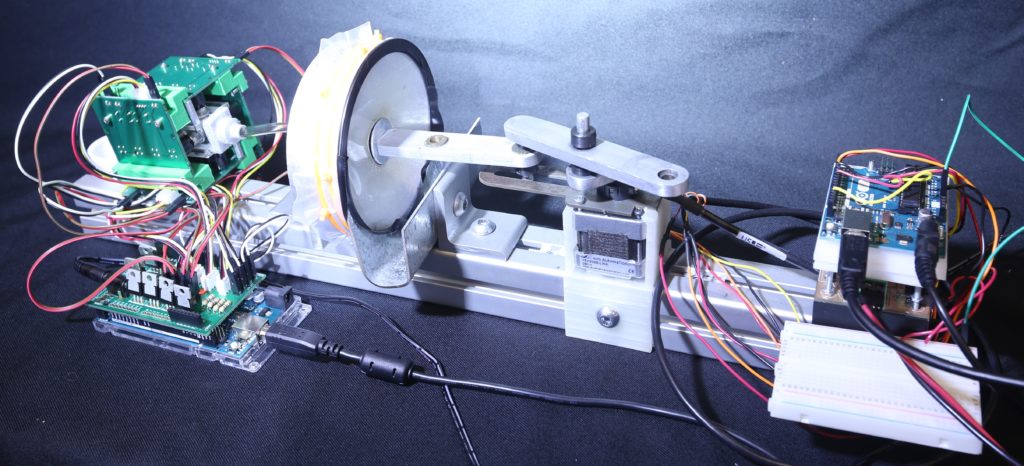I look at underwater sniffing. There are three species of semi-aquatic mammals known to sniff underwater: the star-nosed mole, American water shrew, and Russian desman. They do this by rapidly blowing bubbles, which pick up odors, then sucking the bubbles back in before the bubble ever gets the chance to detach from the nostrils. The entire sniff happens faster than the blink of an eye. We investigate the mechanics of bubble-sniffing to understand how these animals are capable of performing this behavior without losing the bubble. How fast do they have to sniff? How big of a bubble can they blow? We hope to apply this to e-nose technology so that machine olfaction can be applied underwater. Understanding these mechanical constraint will also help us find other species capable of this intriguing behavior.

Photo courtesy of K. Catannia 
We recreate the nose shape with laser-cut stars 
We replicate the sniffing behavior in the lab and capture it with high-speed video
I started working in the Hu lab on the fluid mechanics of sniffing. We look at how sniffing enhances olfactory capabilities in mammals and how that can be applied to electronic nose applications. My labmate Thomas Spencer heads the project. We entered a cheese-sniffing competition back in 2017 where our device, the Gaseous Recognition, Oscillatory Machine, Integrated Technology (G.R.O.M.I.T.) received an Honorable Mention. Check out the work Thomas is doing!

G.R.O.M.I.T. sniffs cheese which it discriminates with an array of Metal Oxide Sensors
Did you know that wombats poop cubes? We don’t really know why, but as biomechanists, we’re equipped to find out how, and inquiring minds want to know! We’re doing material testing of wombat intestines, designing wombat intestine mimics, and developing a solid mechanics model in MATLAB to better understand how these marsupials make the most interesting poops.